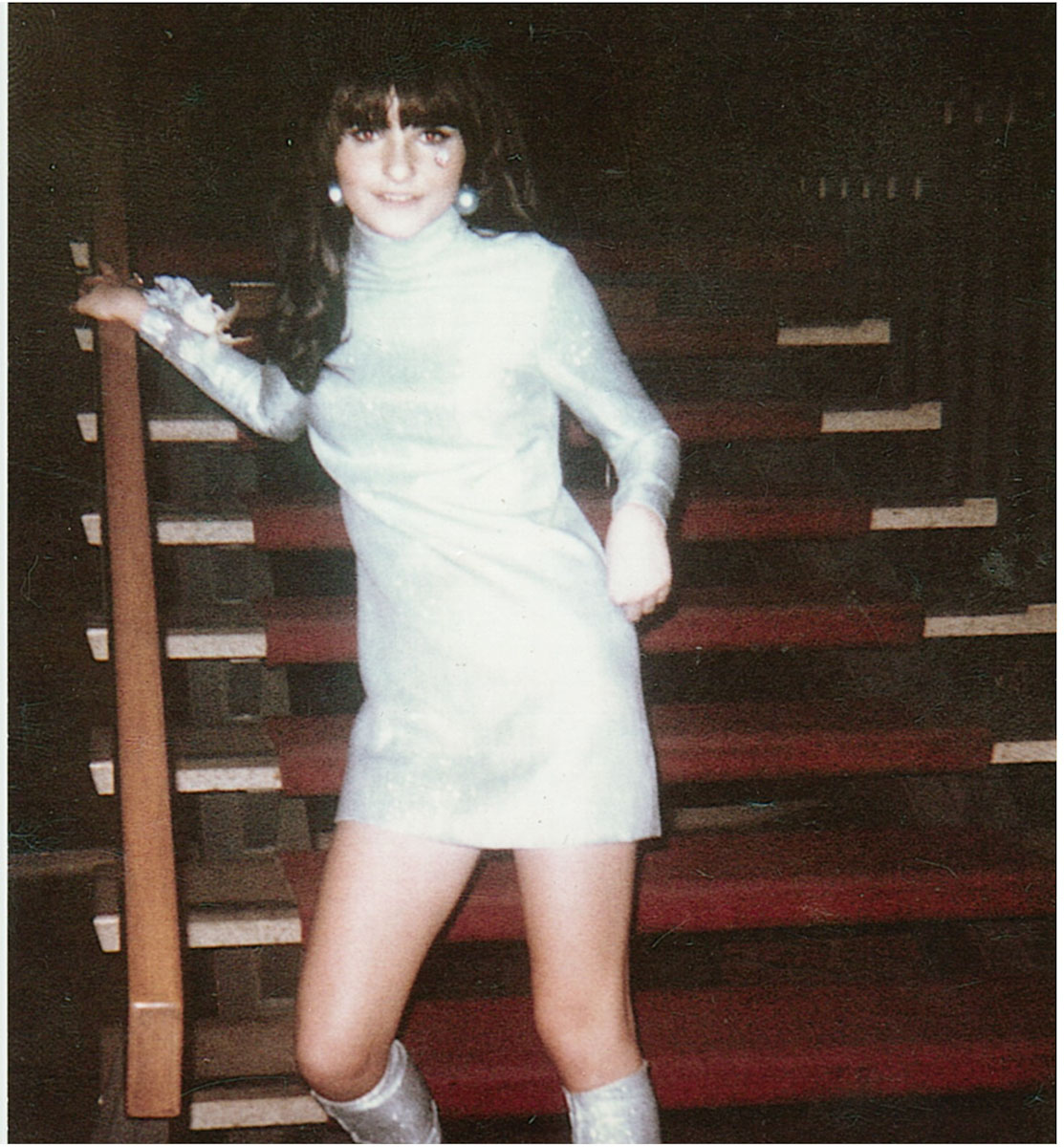
Many people in Canada and beyond know the name Jeanne Beker, who from 1985 to 2012 hosted Fashion Television, an internationally broadcast television show.

On November 21, 2024, Jeanne Beker will be at the Museum to read from her new memoir Heart on My Sleeve and answer questions about her life and the book. The event is part of the Museum’s Canada’s Storytellers Series.
In Heart on My Sleeve, Beker uses individual articles of clothing and jewelry to tell significant stories of her life. In one chapter she talks about an unpretentious plaid Roots shirt she wore to interview her musical idol, Paul McCartney, only to find he was also wearing a plaid flannel shirt. These pieces of clothing and the anecdotes related to them shed light not only on Beker’s family life and relationships but also on her values.
Beker has a long relationship with the Museum. Her parents, Bronia and Joseph, arrived through Pier 21 in 1948, with Jeanne’s elder sister, Marilyn. In 2017, she shared her family’s story at the Museum, and donated the trunk they carried with them to our collection. It is now displayed among a collection of luggage used by different people from different countries to bring elements of a home left behind to a new place of beginning.
The Trunk

Beker’s parents grew up and fell in love in the shtetl of Kozowa, then in Poland (now Ukraine), to Jewish families. Both had family members who were killed during the Holocaust. But they managed to survive. In 1948, after three years in a displaced persons camp in Austria, they came to Canada.
This trunk accompanied them on their voyage across the Atlantic after the Second World War. It conveyed the treasured remaining items of an old life to a new land and life in Canada. Among other possessions, it held a crystal fruit bowl, two silk eiderdowns, and a silver candelabra designed to hold Sabbath candles.
The family and their trunk arrived in Canada by ship at Pier 21. They worked and saved to buy a home for their family. The trunk sat in the cellar of that home for years and when the family moved to a new home in 1959, it came with them.
The act of donating the trunk and of sharing her parents’ history is an example of the kind of shared storytelling our Museum strives for and embraces.